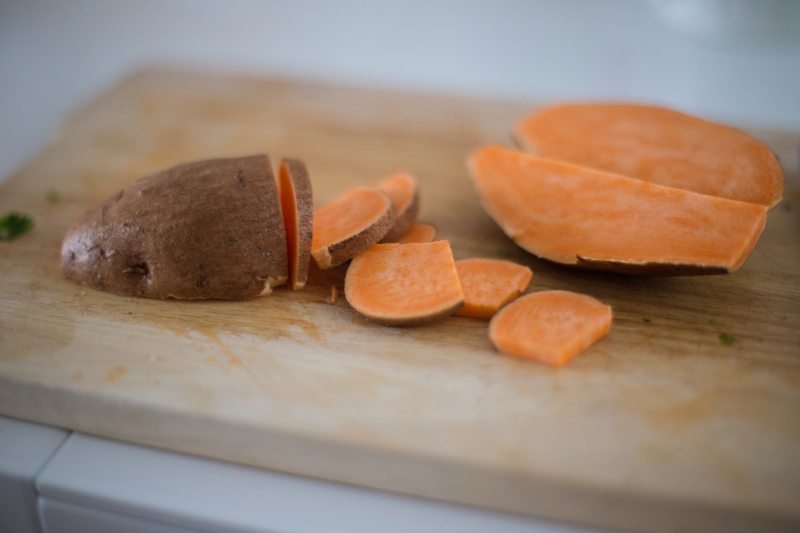
Have you noticed how some plants, vegetables, and fruits have bright colors? The reason for this vibrant trait is compounds called carotenoids. Carotenoids are natural pigments produced by certain plants for the purpose of lighter energy absorption and conversion. One common example of a carotenoid is beta-carotene.
Do beta-carotene foods have any benefits? Can you consume it directly? Or does it even have any food sources you can include in your diet? Before answering these questions, it would be best to know what beta-carotene is. So, it’s time to dive in!
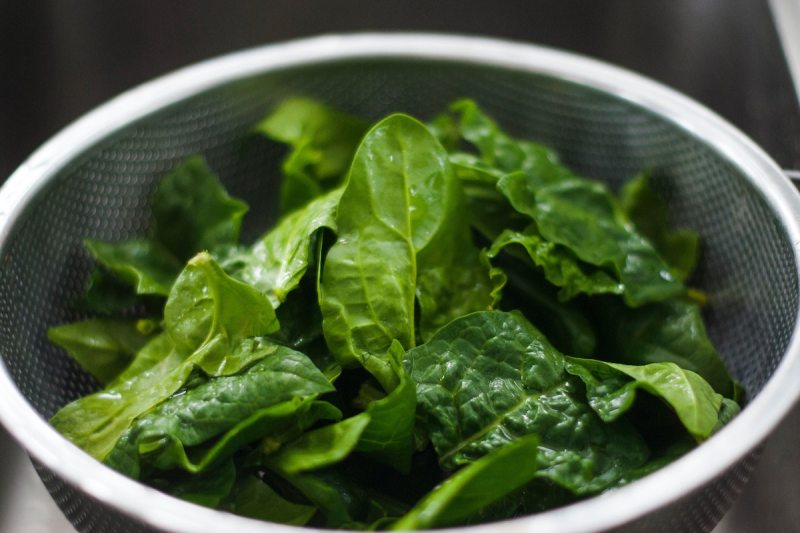
What is beta-carotene?
The name “beta-carotene” has both Greek and Latin origins. It is a pigment found in fruits and plants that produces a red-orange color when extracted in a pure form. When consumed, your body converts beta-carotene into vitamin A or retinol, which offers several health benefits. Hence, it is also known as a provitamin A carotenoid.
In addition, beta-carotene is found in specific foods, which I will discuss later. Though there is hardly any consensus on the dietary intake of beta-carotene, it would be best if men took approximately 700 micrograms daily. Meanwhile, women can consume around 600 micrograms.
For children within the first three years of life, 300 micrograms per day would help, whereas those from age four to eight can take 390 micrograms. Finally, if your child is between nine and thirteen years old, they can consume 600 micrograms a day. So what are the benefits of consuming beta-carotene properly?
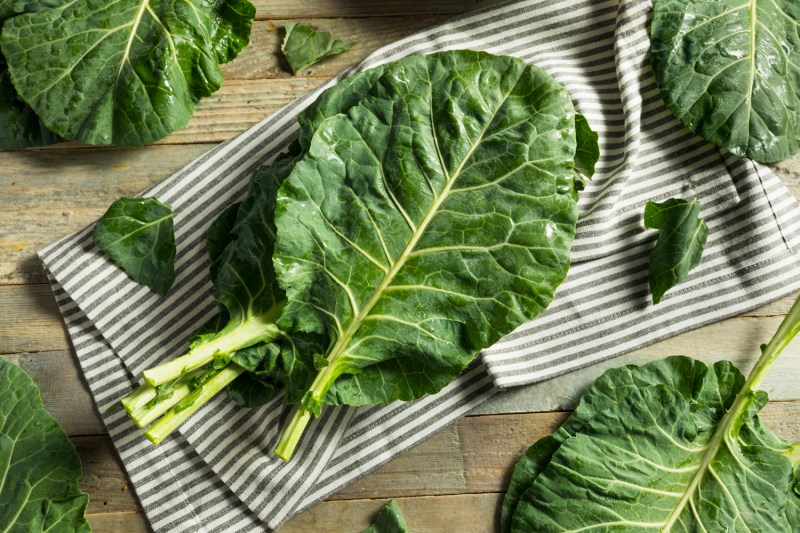
4 benefits of proper beta-carotene consumption
1. Better eye health
Consuming foods rich in carotenoids, such as beta-carotene, can improve your eye health. For instance, beta-carotene prevents cancerous cells from developing in the eye and protects healthy eye cells. In addition to its cell-related duties, beta-carotene can reduce your risk of macular degeneration, which can cause blindness.
2. Cancer control
Carotenoids act as antioxidants, protecting cells from substances that can destroy their membranes. So, imagine what consuming beta-carotene in high amounts could do. Indeed, increasing your dietary intake of beta-carotene can improve the amount of these protective compounds in your body, preventing the growth of cancerous cells.
3. Skin protection
Certain antioxidants, such as beta-carotene, can improve your skin’s health and appearance. As a provitamin A carotenoid, beta-carotene transforms into vitamin A, protecting the skin against sun damage. In other words, the organic antioxidant (beta-carotene) can shield your skin from the sun’s ultraviolet (UV) radiation, which is invisible to the human eye.
4. Improved cognitive function
A study shows that men who took a high dose of beta-carotene supplements for around 18 years had sharper memories and minimal cognitive decline than those who took a placebo. Apart from that, taking beta-carotene can reduce the symptoms of Alzheimer’s disease (AD), a neurodegenerative disorder. Are there foods rich in the antioxidant? Let’s find out.
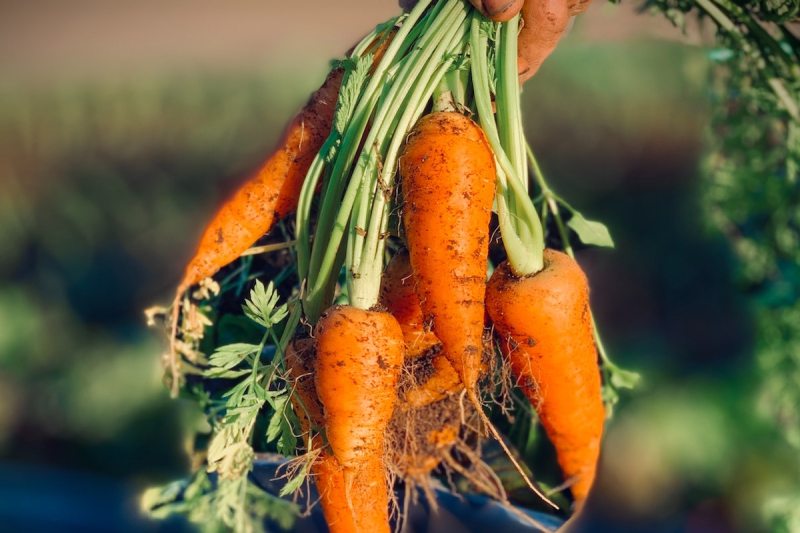
9 foods high in beta-carotene
1. Sweet potatoes
Of course, you can obtain beta-carotene from various diets, one of which is sweet potato, a dicotyledonous plant. But, more importantly, the plant derives its orange color from beta-carotene. So, what amount of beta-carotene do sweet potatoes have?
Indeed, sweet potatoes are among the richest sources of beta-carotene. For example, a cup of baked sweet potato has 1,922 mcg RAE or 1.92 mg, equivalent to 214% of the daily value for vitamin A! However, beta-carotene is fat soluble, so it would be best to pair sweet potatoes with a source of healthy fat to enhance your body’s absorption of the nutrient.
2. Carrots
Following this piece, I mentioned that beta-carotene has Greek and Latin origins. Well, “carotene” comes from the Latin word “carota,” which means “carrot.” And carrots are among the main sources of beta-carotene. Isn’t nature wonderful?
Additionally, one cup of cooked carrots contains 1,329 mcg RAE or 1.32 mg of beta-carotene. In other words, a cup of the diet has 148% of the daily value for beta-carotene.
3. Canned pumpkin
Pumpkins contain vitamins C, B6, E, and A; they also have minerals such as potassium, sodium, manganese, and zinc, amongst others. In addition, the pumpkin’s orange color undoubtedly stems from carotenoid pigments such as beta-carotene! So, it is another good source of the nutrient; one cup of canned pumpkin contains 1,906 mcg RAE or 1.9 mg of beta-carotene, which corresponds to 212% of the daily value for vitamin A.
4. Spinach
Spinach, or Spinacia oleracea, is an annual flowering plant from the family Amaranthaceae; it provides several nutrients like vitamins, minerals, etc. But, more importantly, spinach is a source of beta-carotene since one cup of cooked spinach offers 943 mcg RAE or 0.94 mg of the nutrient, equivalent to 105% of vitamin A’s daily value.
5. Butternut squash
Butternut squash (Cucurbita moschata) is a winter squash that tastes like pumpkin. The starchy vegetable has a yellow skin that turns orange when ripe. Like other vegetables, it provides various nutrients, including beta-carotene. A cup of cooked butternut squash contains 1,144 mcg RAE or 1.1 mg of beta-carotene. In other words, the diet provides 127% of the recommended daily value for vitamin A.
6. Collard greens
Another source of beta-carotene is collard greens; they can be biennial or perennial, depending on the weather conditions. A cup of collard greens delivers 722 mcg RAE or 0.7 mg of beta-carotene, which corresponds to 80% of the daily value for vitamin A.
7. Kale
People grow leaf cabbage or kale for its edible leaves and ornamental functions. Moreso, it contains high amounts of beta-carotene. One cup of cooked kale offers 190 mcg RAE or 0.2 mcg of beta-carotene, equivalent to 21% of the daily value of vitamin A.
8. Romaine lettuce
Romaine lettuce is another green that contains high amounts of beta-carotene. One cup of shredded romaine lettuce contains 2,456 mcg or 2.4 mg of beta-carotene, which corresponds to 23% of the daily value!
9. Red bell peppers
Besides being rich in fiber and vitamins, red bell peppers are another amazing source of beta-carotene. So, a cup of raw, chopped red bell pepper offers 234 mcg RAE or 0.23 mg of beta-carotene, corresponding to 26% of the vitamin A daily value. Now, how about an example of a meal rich in beta-carotene?
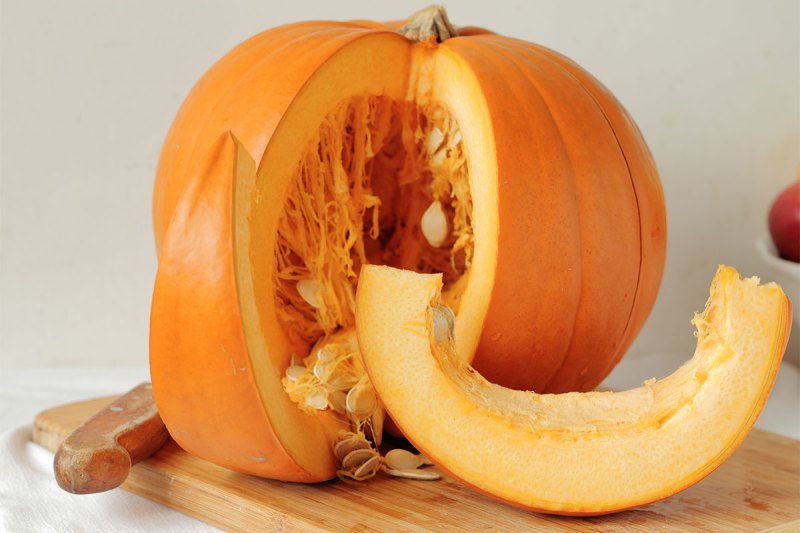
Example of a high beta-carotene meal
Pumpkin puree is an excellent example of a high beta-carotene meal. You need one (four to six-pound) baking pumpkin and kosher salt for the meal. Follow these steps to prepare.
- Preheat your oven to 400 degrees Fahrenheit.
- You should slice a tiny piece of the pumpkin to prevent it from rolling when laid sideways. After that, remove the stem and split the pumpkin in half. Then, scoop out the seeds and fiber with an ice cream scoop or its alternative. If needed, cut the fibers with kitchen shears.
- Sprinkle kosher salt around the flesh, laying each half sideways on a parchment paper-lined half-sheet pan. After, roast until you can insert a paring knife and remove it effortlessly. Repeat the same step in other parts of the flesh to ensure it is ready.
- Transport the half-sheet pan to a cooling rack and let the pumpkin cool for an hour. Then, remove the pumpkin’s roasted flesh from the skin and take it to a food processor’s bowl; patiently process until the flesh smoothens. After that, you can store it in the fridge for a week at most or freeze it for three months! On average, pumpkin puree contains 17 mg of beta-carotene.
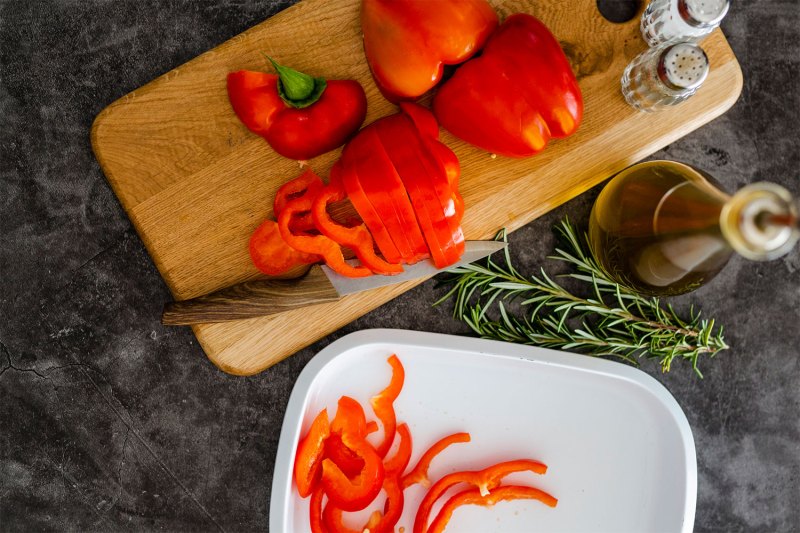
Taking beta-carotene supplements
While it is ideal for you to get all your nutrients from food, it isn’t necessarily an easy task. If you’re unable to reach your daily beta-carotene needs, there are supplements that you can take to bridge the gap. Try your best to find a supplement that sources from whole foods rather than chemicals in order to get the most high-quality product.
As of now, Lutein and Verteporfin are two known medications that may adversely react with beta-carotene supplements. Whether you already take these medications, it is recommended that you consult with your physician.
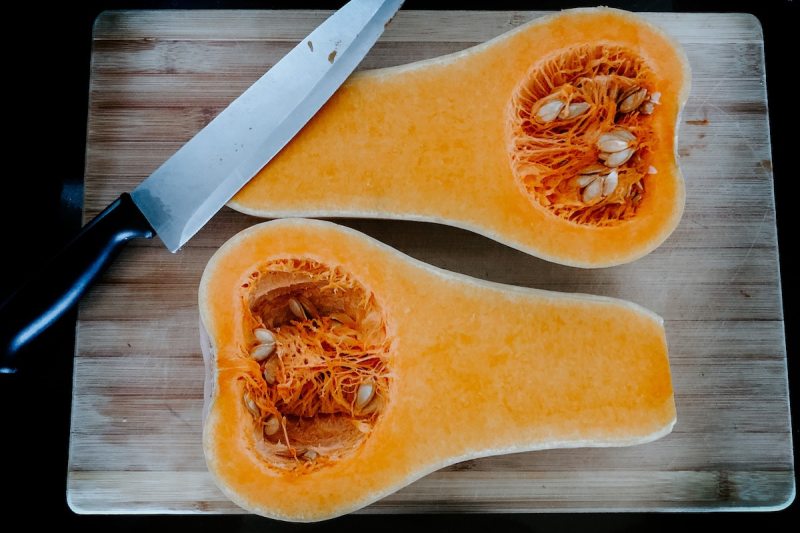
Frequently asked questions
What is beta-carotene good for?
The antioxidant is beneficial in several ways. For example, beta-carotene can improve your eye health and cognitive abilities, prevent cancer, and protect your skin!
Is it a vitamin or an antioxidant?
Beta-carotene is not a vitamin. However, when consumed, the body converts it to vitamin A. However, beta-carotene is a natural antioxidant!
Is beta-carotene bad for you?
Of course not! Beta-carotene is not bad for you. However, taking it from dietary sources rather than supplements is safer.
Is beta-carotene good for skin?
As mentioned earlier, beta-carotene can protect the skin from the sun’s UV rays and improve its overall health. So, it is good for your skin.
What are the side effects of beta-carotene?
Some things may happen when your intake of beta-carotene is too high. For instance, your hands, palms, or feet soles can turn yellow. Though rare, joint pain, diarrhea, and dizziness are other side effects.
Who should avoid beta-carotene?
While the antioxidant is generally safe, there are two groups of people that need to be very cautious. These groups include those who have been exposed to asbestos and those who smoke. Of course, these people will consume beta-carotene naturally through certain foods; however, they need to steer clear of supplements.



